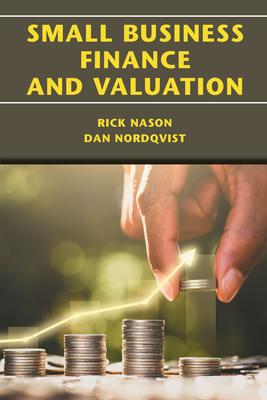Question
In 1983, a Price Club employee, James Sinegal, and Jeffrey Brotman, a lawyer from an old Seattle retailing family opened Costco, the first wholesale distribution
In 1983, a Price Club employee, James Sinegal, and Jeffrey Brotman, a lawyer from an old Seattle retailing family opened Costco, the first wholesale distribution center in Seattle. Ten years later, Costco merged with Price Club, owned by Sol Price and his son Robert, to become PriceCostco. The company became the first to grow from zero to $3 billion in sales in less than six years. After Price left the company in 1994, the organization formally changed its name to Costco in 1997. As of July 2016, Costco had 705 warehouses in nine countries staffed by 117,000 employees. The formula for success obviously worked because the company has flourished into a worldwide brand with a total of over $116 billion in sales in 2016.
Although Costco shoppers pay an annual membership fee, it has been reported that around 90 percent of their members renew their memberships each year. With a large membership base and a philosophy of keeping prices down and passing savings along to members, the company continues to flourish and outsells its nearest competitor Sams Club. Today, besides food and household items, Costco facilities provide a variety of services. In addition to providing quality goods at the lowest prices possible, the organization strives to take care of its employees, operate efficiently in an environmentally responsible manner, source merchandise in a sustainable manner, and support the communities where its employees and members work and live.
- What do you personally know about Costco and how does this impact your perspective of the company as a current or potential customer?
- From a customer perspective, why do you think some companies like Costco have survived and flourished when competitors have not done as well?
- Do you think that Costco and other companies like it will continue to grow? Why or why not?
- Do you feel Costco and others like it provide good or simply adequate customer service? Are we as customers willing to accept lower service for convenience and lower prices? Why or why not?
Step by Step Solution
There are 3 Steps involved in it
Step: 1

Get Instant Access to Expert-Tailored Solutions
See step-by-step solutions with expert insights and AI powered tools for academic success
Step: 2

Step: 3

Ace Your Homework with AI
Get the answers you need in no time with our AI-driven, step-by-step assistance
Get Started


